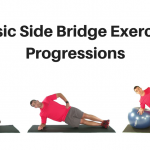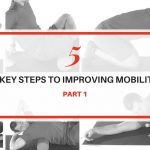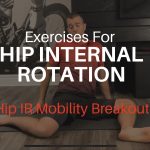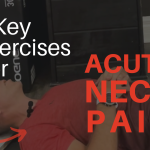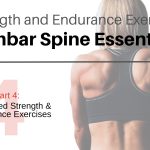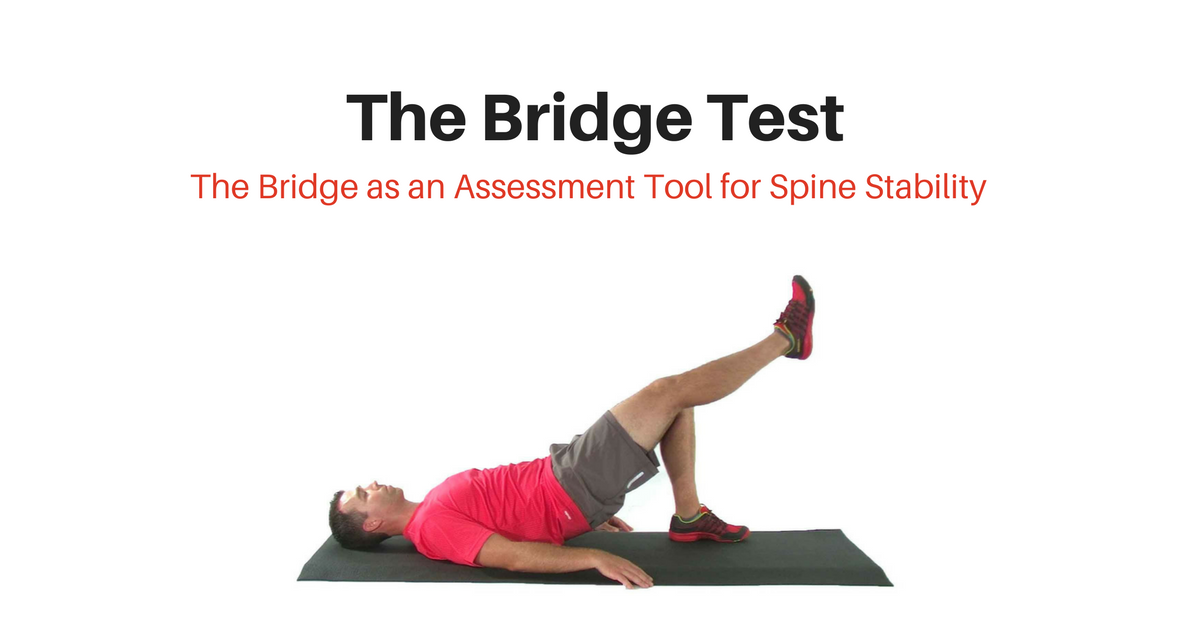 The Bridge is a great exercise for the glutes, as well as the spinal stabilizers. But it can also serve as a simple (but very effective) assessment tool for lumbo-pelvic-hip (LPH) stability.
The Bridge is a great exercise for the glutes, as well as the spinal stabilizers. But it can also serve as a simple (but very effective) assessment tool for lumbo-pelvic-hip (LPH) stability.
In this article I’ll discuss how to use the Bridge as a test for LPH stability, including what to look for and why. We’ll also discuss what I think are the best options to address any dysfunctions revealed through the Bridge Test.
Assessing LPH Stability with the Bridge
The concept of spine stability is a complex subject. For our clinical purposes we can simplify this concept by defining stability as the ability to control the spine within a neutral posture or range during postural and movement demands. This concept is the premise behind most spine stability exercises. We are essentially trying to hold the spine in a neutral posture or neutral range against some form of applied load or movement.
We can also apply this same concept when assessing stability. The goal is to assess whether or not a patient can hold the spine steady (i.e., in in a neutral posture or within a neutral range) when challenged with an applied load or movement task. Does the patient have the muscular strength and/or control to resist the forces acting to pull the spine out of alignment?
Here’s where the Bridge comes in
The Bridge serves as one of the easiest ways to assess this ability. The test places particular emphasis on the lumbar extensors. As the patient bridges off the floor it requires muscle activation from the glutes (or possibly hamstrings, see below). This creates a flexion moment on the lumbar spine which mustbe balanced by the lumbar extensors.
Also, in the bridged posture, gravity creates a flexion moment on the spine. To prevent this it is again the lumbar extensors that act to hold the spine in neutral against this force.
The Bridge Test – What To Look For
There are three key points to assess when using the Bridge as a test for LPH stability. These include:
Does the spine remain in neutral?
As the patient lifts from the floor, look to see what happens at the lumbar spine. If the spine is properly stabilized the lumbar spine should lift as a unit, and the slight lordosis that is present while resting on the floor should remain during the movement, as well as in the top bridged position.
A flattening or lordotic reversal is an indication of weakness or poor activation of the deep lumbar extensors. With these patients it often appears as if they are lifting the hips off the floor by and exaggerated posterior pelvic tilt. This can be subtle, and is best observed at the beginning of the motion as the patient starts to lift this hips (see the second half of the video below).
Which Muscles Are Active?
The GMax should be the main driver of the Bridge. But if the glutes are weak or inhibited the hamstrings will compensate. You can palpate the glutes to check this, but the simplest way to assess this is simply to ask the patient where they feel it. “Which muscles do you feel working as you lift?” If they say the hamstrings the glutes are not working properly.
Does The Pelvis Stay Level (Rotational Stability)
The Bridge Test can also be used to used to assess rotational stability of the LPH complex. To do this we simply have the patient lift one leg from the bridged position. This creates a rotational stress on the hip and trunk as gravity now acts to pull the unsupported side of the body towards the ground.
This rotational load must be matched by the rotational muscles of the hip and trunk. The patient passes the test if the pelvis stays level as the leg lifts (first half of the video below). If the pelvis rotates towards the floor it indicates transverse plane dysfunction (seen in the 2nd half of the video).
Corrective Exercises for a Failed Bridge Test
One of this things I like about the Bridge Test is that when dysfunction is uncovered, we know exactly what to do about it. We prescribe the Bridge progression as a corrective exercise. The nice thing about the Bridge progression is that you can easily match the exercise in the progression to the dysfunction that was revealed with the Bridge Test.
I have previously written about the Bridge progression in depth so I won’t go into great detail here. But the interested reader can see the article here.



